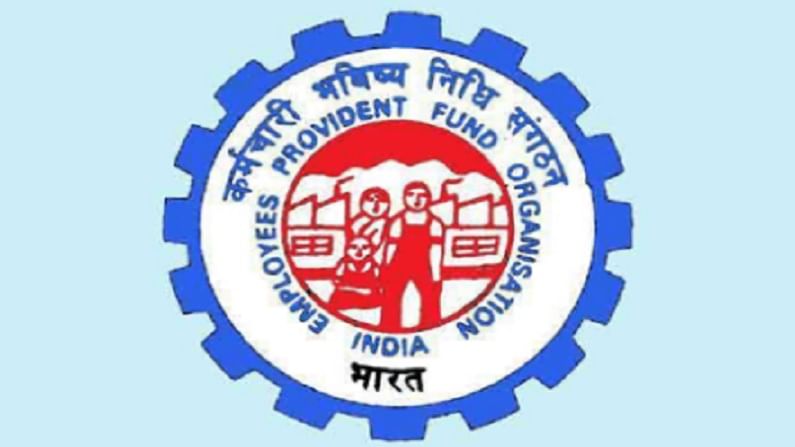Your EPF and EPS accounts may soon get separated; here’s all you need to know
The move, which is reportedly a part of the labour security code, aims to discourage people from withdrawing from their pension account

The government is mulling over separating the provident fund and pension accounts of members covered under Employees’ Provident Fund Organisation (EPFO), according to a Mint report. The move, which is reportedly a part of the labour security code, aims to discourage people from withdrawing from their pension account, which is designed to offer post-retirement benefits.
EPFO members usually withdraw their pension fund along with employees’ provident fund (EPF) corpus when they switch jobs, since both pension and provident fund are part of a single account. The move classify these contributions into two separate accounts is being labelled as a pension reform under the labour security code.
EPS contribution
There are two components of EPF contribution-employee and employer contribution. The employee contributes 12% of basic salary plus dearness allowance towards its EPF account. The employer also makes the matching contribution of 12%. Of the 12% contributed by the employer, 8.33% is shifted towards Employee Pension Scheme (EPS) subject to a ceiling of 1,250 per month if the salary of the employee is 15,000 or more. The remaining 3.67% goes towards the EPF account of the employee.
EPS rules
The employee should be a member of EPFO
The employee must be 58 years old
If the employee is below 50 years then he/she can withdraw EPS at a reduced rate
The employee must have completed at least 10 years of service
If the person has completed less than 10 years of service( but more than 6 months’ service) then he/she can withdraw the EPS amount on being unemployed for more than two months
In case of permanent total disablement, then one can withdraw irrespective of the pensionable service period. The pension amount will be paid for a lifetime.
In case of death of the member while in service, a nominee becomes eligible for a pension amount
Features of EPS
Subscribers who are eligible for the EPF scheme will automatically be enrolled for the EPS scheme.
It is a government-backed scheme and gives a guaranteed return, which is announced at the end of each year. The current rate is 8.50%
The scheme is compulsory for those with a basic salary plus a dearness allowance of Rs15,000 or less.
In case the widow gets remarried, the children receive the pension amount.
The widow receives the amount for a lifetime. After that, the children are eligible until they attain the age of 25 years.
The physically challenged children are eligible for the pension amount for the lifetime.
Pensionable salary
The average monthly salary is assumed to be the last 12 months salary before exiting EPS. In case of any non-contributory periods in the last 12 months, it is not considered for the purpose of calculation and is calculated based on the full benefits.
Pensionable Service
It is the actual service period of an employee by adding all the years served under different employers.
After completing 20 years of service a bonus of 2 years is given
In case the employee withdraws the EPS amount before completing 10 years, then the employee will have to start again from scratch for the EPS account
The minimum pensionable service period is 6 months. The pensionable service period considered as full years if it is more than 6 months. For example, if the service period is 10 years 8 months, it will be taken as 11 years.
Download Money9 App for the latest updates on Personal Finance.
Related
- Labour groups demand special fund for informal sector in Budget’24
- Budget 2024 may increase PF limit after 10 years
- Govt makes major reform in EPS pension scheme
- Has your PF been credited to your account? Here’s how to check
- EPFO eases rules for verification, withdrawal
- Gratuity payment: Who gets it and how much?

